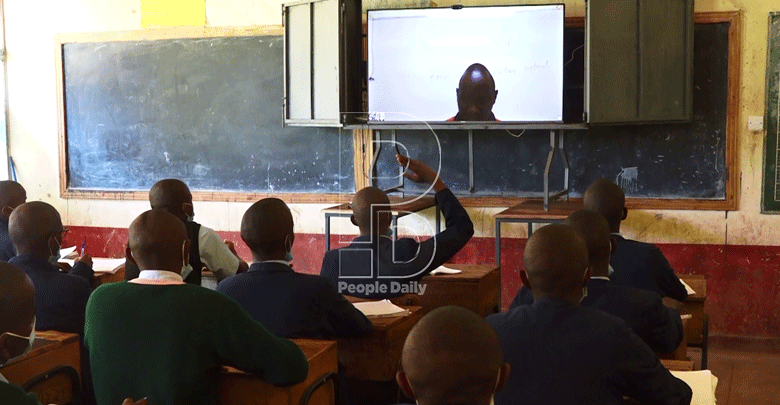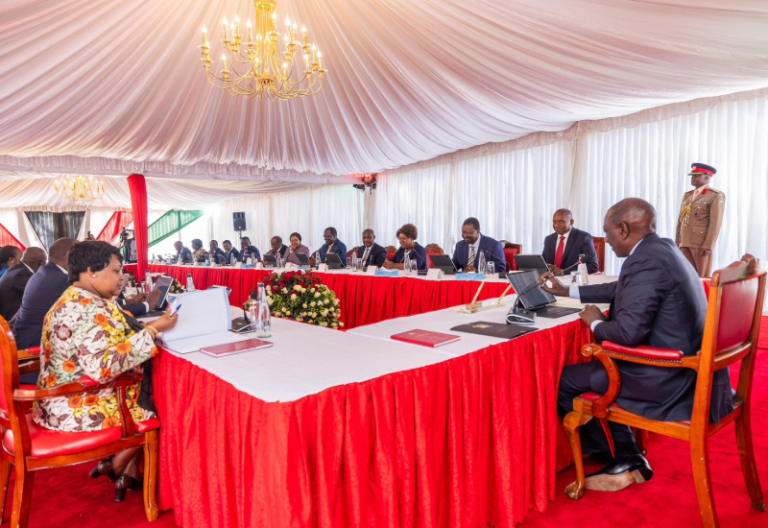Virtual learning platform tackles teacher shortage

When the government opened doors for learners to get back to class after a nine-months break caused by Covid-19, one of the conditions set by the Ministry of Health was that the students should keep a social distance of 1.5 metres to lower the risk of spreading the virus.
This meant that schools were required to establish more classrooms for learners, but it was practically impossible as most of them did not have space and resources for expansion.
Schools that managed to add more classrooms, were faced by another challenge.
Teacher shortage; teachers above the age of 58 and those with pre-existing medical conditions were asked to stay at home, after the realisation that persons that fall in that category have compromised immunity and are at a higher risk of succumbing to Covid-19 and related infections in case infected.
That coupled with acute nationwide shortage of qualified teachers made it difficult to fit the remaining teachers in the expanded classrooms.
One such school is Njiiri High School in Murang’a county. Even though the school managed to put up 11 more classes to decongest the students, they suddenly were faced with the challenge finding extra teachers to take up the additional classes.
This prompted the school administration to generate ideas on how to deal with the situation and adoption of virtual learning came in handy.
The school principal Chomba Kamau says the school already had a shortage of teachers and increasing the number of classrooms from 36 to 47 would overwhelm them even more.
“We were required to employ at least 24 more teachers who would comfortably handle all the classes and this would have been expensive for us,” he says.
The principal said the school’s board of management opted to explore various technology platforms, which would facilitate proper learning for the students as well as minimise face to face teaching.
Makes learning fun
With Sh2.3 million, the school set up a virtual learning platform, which the principal says has made teaching easier as well as added value to education.
“It has made learning easier and more fun as the teachers are able to use visual illustrations and video clips and this helps the students to capture the context,” he says.
The principal says though this was an intervention measure taken during the pandemic, they will continue using it urging other schools to embrace it.
Stephene Njoroge, the teacher in charge of Information, Communication and Technology (ICT) in the school says they outsourced an android application known as ‘Trucomf’, which is server based.
The application allows one teacher to teach all the 13 classes at ago. A laptop connected to an external microphone and a camera are required to enable the students see and hear the teacher.
On the other end, the classrooms are fitted with a television screen, which is android programmed, a microphone and camera.
He says the teacher feeds content into the laptop and when the learning session kicks off, it will display on the screens in the various classrooms. “We have created an internal network for the gadgets, thus we don’t require internet to run the lessons,” he explains.
It is a modified version of the ‘zoom’ application, but this one requires no internet.
“We are looking forward to have our customised programme specifically for this school, which we can be using at all times, but this would require more expertise and funds and I appeal to the government to chip in,” he said.












